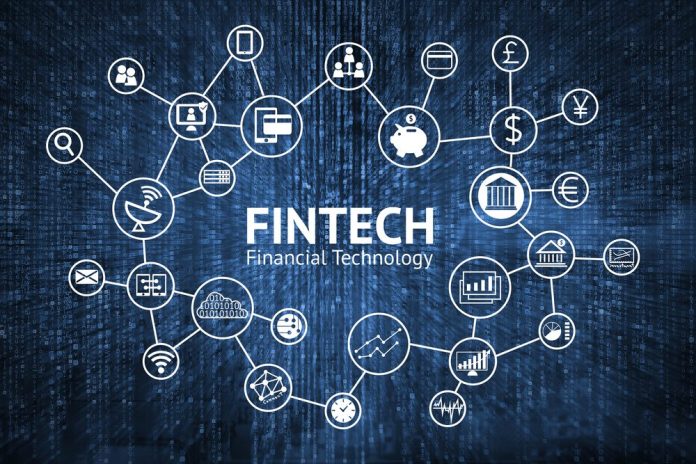FinTechs and banks have new methods to service customers in the new linked economy.
Sorting through the successes and failures of the pandemic’s digital shift will provide material for MBA programs for years to come, but there are a few areas that have broken down old barriers, using payments to create enduring new value propositions in payments experience.
J.P. Morgan Commercial Banking’s Head of FinTech Partnerships Peggy Mangot told PYMNTS’ Karen Webster that beyond the headlines of 2022, there are long-term trends in how FinTechs and banks will serve consumers and commercial clients.
“Everyone is looking at their roadmap for 2023 and focusing on their most essential activities, the ones that will create significant customer impact, material revenue, or material expenditure savings,” Mangot said.
This includes electronic bill presentment and payment, which J.P. Morgan launched last year in collaboration with Paymentus, as well as other comparable developments she’s keeping an eye on, such as embedded finance, which she describes as a “snowballing trend.”
In a rising-rate environment, business clients will emphasize cash management, liquidity management, and cash flow forecasting, and will want to collaborate on it.
FinTech collaborations, according to Mangot, are taking these trends to the next level, adding that consumer consumers have profited for years from data sharing provided by platforms such as MX and Plaid. We are now at the point where business customers will begin to gain from data sharing.
“We’re in the early phases of commercial data sharing,” Mangot explained. “Companies like Codat, for example, enable a commercial customer to share their [enterprise resource planning (ERP)] system, which may bring benefits in onboarding, credit underwriting, and cash management to a corporate customer.” That, I believe, will be a significant trend in 2023.”











